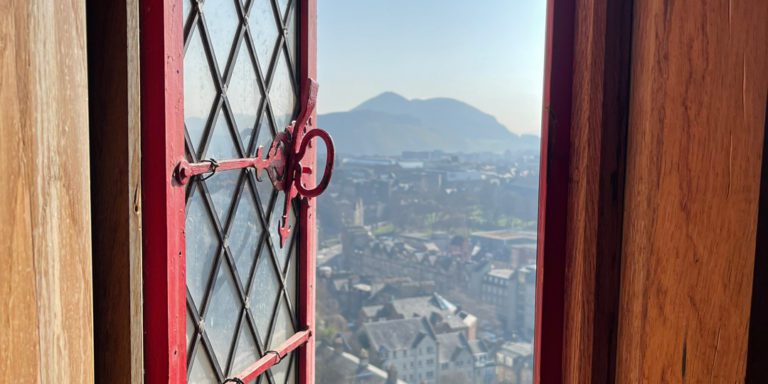
Window to the Past
Scotland has a history of sorrow and loss.
Ah, the summertime is comin’
And the trees are sweetly bloomin’
And the wild mountain thyme
grows around the bloomin’ heather
I will build my love a tower
by yon pure crystal fountain
and there I will plant
all the flowers of the mountain
If my true love she would go
I would surely find another
where the wild mountain thyme
grows around the bloomin’ heather
Will ye go, Lassie, go?
Time is mutable at times.
When you look upon the sea, you see exactly what human eyes have seen since they first opened.
Timelessness, it is getting rare in a world where growing rooftops is the most valuable crop.
I’ve been to Scotland 4 or 5 times before. This was the first time I didn’t do the driving. I think because of that I remembered it far differently than this visit. In 2022, I could see far more not watching the road. That made all the difference. I had been ambivalent about the country before.
Now I understand it. Now I believe.
There Are 100,000 Steps in Edinburgh
I arrived about noon on Friday. The tour drove away from the city early on Tuesday.
In between, this city possessed me. I couldn’t stop walking.
A city of stone. So full of ups and downs. Stone and statues. Spring is up, and the graveyards bloom with daffodils. I walked across the Leith. A creek more than a river. Up to the sprawling botanical gardens. Spring is everywhere. The color and the stink. Spires and walls and ramparts. The Sunday church bells ring joy. I sought out the graves of great and forgotten. Philosophers, witches, physicians, mathematicians. Writers, poets and wannabes. The last day, I took the long Leith Walk down to the sea. The Firth of Forth. Cold salt air. Across the river Leith again on an old iron swing bridge. Then back up to the city. Along the Water of Leith Walkway. So many stone walls set by men long dead. Nameless hands turned to dust. Their works endure. The stone rows solid as forever. Spring birdsong in voices I do not know. Gray smooth-skinned beeches. Birch white and black. The living and the dead. Vibrant and in memoriam. Hills of daffodils. Patches of daffodils. Single clumps of daffodils. More graves of great and forgotten. Many names and death dates abraded by time and elements. Names in stone gone as if writ on water. Up a narrow Close. A covered alley where no sun has shown since witches burned and kings’ heads rolled. A bell clanged Last Call at the Ryrie pub near Haymarket. I sipped the last two inches of Orkney Dark Island cask ale. Time to limp to my room one last time.
I landed in Edinburgh about 10 on Friday. By noon, I was on the streets of the city. I was in a bit of a daze. But then, that is my normal state.
I’d had a driver meet me at the airport. The problem was he was holding a sign for a different tour company. I walked past him numerous times. Then I went outside and circled around the parking lot. I was looking for someone holding my name. I went back inside the airport. He was still there. The only guy. I decided to ask him. His sign said COSMOS in big bold black marker. My tour company is GLOBUS. When I got very close, I could see in tiny letters below COSMOS was “Roberts” written in ballpoint.
When he dropped me off at the Leonardo Hotel, he pointed up the road.
“Just a couple blocks up that way and turn right, you’ll be on Princes Street.”
And so I was.
One of the first sites I saw was The Caledonian Hotel. It is now a Waldorf Astoria.
Had it been 20 years? The two boys were small. I was driving a rental car around Scotland. Seems impossible now.
It is a classic sandstone old railway hotel building.
To the left, there was the castle rising straight up atop a sheer cliff. Daffodils and hellebores were in bloom everywhere. I wasn’t missing spring after all.
I had a giveaway map in a booklet from the hotel. It was small and confusing.
Perhaps my dazedness contributed to the confusion.
There was a lovely old church on the corner across from the hotel. St John’s Scottish Episcopal. I am never disappointed in old European churches. Every one is a work of art inside and out. This had the soaring space and stained glass windows. Color pouring through the glass painted patches on the stone floor. But what caught my eye was the vaulted ceiling so high above me.
It drew my eyes upward until my neck stiffened.
The land dropped off below the church. Once a deep Loch—acting as a kind of moat—it had been drained. Near and below the church, it was full of graves. Thomas De Quincey is buried somewhere in the maze. Many of the graves were like stone walls 7 feet high—more like monoliths. Flowers and death. Partners here—at least in spring.
From there, the vast space below the castle became a vast grassy park and many spring gardens in bloom. Acres of pristine emerald grass field and garden borders sprawled below the high castle rock and the Royal Mile area far above. Hundreds of people were walking or sunning themselves on blankets in the park. The weather was perfectly clear and about 68 degrees.
The path and map led me to the Scottish National Art Gallery about a half-mile away. I remember being disappointed in it so long ago. I wonder why? Maybe it was the kids tugging or in tow.
It is a jewel.
This is Berenice (Poe) and Una and the Lion (Faerie Queene.)
There’s even a Vermeer. I have seen every Vermeer known. Even the one once in Boston stolen and lost so many years ago.
Above the grassy park, the view was stunningly green and bordered by beautiful gardens of primrose and other spring flowers. A perfect field, it spread like a blanket dotted with tiny human figures far below.
Then I headed up toward the Old Town. I chanced upon a narrow alley. Advocate’s Close. (I was to discover there are many “Closes.”)
What drew me up this close was a sign for The Devil’s Advocate—a pub. Steep steps led up and up. The pub looked nice, but it was too early. I was afraid it would crash me. More steps. I could touch both walls in places it was so narrow. Then I burst out into sunlight. I was on the cobbled street of the medieval Royal Mile.
I walked and walked and walked.
I chanced upon St Mary’s Close—yet another ancient narrow covered alley. A sign above said Robert Burns lived above it. Another sign said there was a Writer’s Museum inside the close. It had Scottish writers’ manuscripts and artifacts… but was sadly closed. Yep. COVID still.
Then serendipity stepped in, and my eye was caught by Finnegan’s Wake—a pub—in a sunken stone road far below me. I stepped into the dark space. Stepped to the bar and asked for a pint-a-Guinness. There is a formula and ritual to pouring the “Black Stuff.” I won’t attempt to describe it, as I would likely do it incorrectly, incompletely. This was a “guid pour.” The drink so rich and creamy that you feel you could stand a fork in it. The weak watery stuff you get in the States is nothing like “real” Guinness. I have way too many t-shirts and ballcaps and hoodies. But the bartender was wearing a hoodie with a wonderful Celtic design. Sadly, she was sold out of hoodies, so I had to settle for a t-shirt.
The day was aging, and so I headed back to the west side where the Leonardo is. That is my hotel with many da Vinci themes throughout. But I stopped at the Caledonian on the way and had a Vesper in the Peacock Room. It took forever, and I saw others at nearby tables being served before me. Perhaps it was my scruffy jeans and Half Moon Bay hoodie. I didn’t look respectable or wealthy enough to be there? They didn’t know I am a Hilton Lifetime Diamond Member. (Don’t you know who I AM?!) It came eventually and was fine.
Saturday, I made for the Royal Botanical Gardens. It was a pretty long walk, but there was plenty to see on the way. Part of the route took me down next to the Leith—where there was a bucolic river walk.
The gardens were sprawling and fabulous. The daffodils were everywhere. Trees and shrubs were budding into blossom. One tree dropped blooms, and it stunk where I stepped.
Elizabeth, the Queen Mother—mother of Queen Elizabeth—was Scottish. She sponsored parts of the gardens. There was a huge beech hedge—25 feet high and a couple hundred yards long had gates cut into it. I have a thing for beeches…
The rock garden section was brilliant, full of colorful jewels.
(Note to self—put in a rock garden when you get home. You have plenty of rocks.)
I exited through the east gate, which was far—a mile?—from the west gate I had entered.
From there, I made my way to the Portrait Gallery. A huge ornate sandstone building, its marble lobby was dominated by sculptures of writers—busts, mostly.
Here are Robert Burns, Walter Scott and Robert Louis Stevenson:
There were paintings of subjects from Mary Queen of Scots to JM Barrie (Peter Pan.)
Serendipity took me by the hand yet again, and I stumbled upon the Conan Doyle Pub.
They had their own cask ale named “Elementary.”
On and on and on. One foot after the other. Step after step.
I looked at Instagram and saw a bookseller advertising the Edinburgh Rare Book Fair. “Closing today in a few hours.” I found it in a fancy hotel and walked through. I was just an anonymous potential customer to the UK booksellers there. I was ignored—it was the last hours of the last day when booksellers at shows get together and gossip. I wasn’t here to buy books.
Back out into the sun. I heard a familiar song. Was it a pub?
No, a street singer. I lingered and listened. When it was time to go, I dropped some coins into her guitar case.
Yes. I was falling in love with this city.
Then I passed another literary Close on the Royal Mile. Anchor Close.
Literature is everywhere in this city.
The Scottish Library had some nice exhibitions. I’ll always stop for a nicely illuminated Gutenberg. There were other ancient illuminated manuscripts. Then a room of Walter Scott manuscripts and ephemera. Then a room of women writers—explorers—their manuscripts and photos…
More and more steps.
The Scottish National Museum—a vast soaring Victorian iron and glass palace. It was full of artifacts from fossils to ancient Egypt to pre-Raphaelite embroideries of the Faerie Queene.
Serendipity guided my steps to Armchair Books. It is a small stuffed but very photogenic bookshop. I’d seen it many times on Instagram.
People love this cluttered claustrophobic look.
I violated my vow not to buy a book.
Then it was time to head back to west side. I skipped the Caledonian and settled into The Jolly Botanist—a gin bar—just steps from the hotel. There I had a Vesper. Gin and gin bars are very popular in Scotland. I perused my book purchase.
The book is a nicely gilded William Morris pastiche. Nicely illustrated as well. The Botanist had the best “Pie” I’ve ever had. Hot, baked in crockery with a pastry top, it was full of forest mushrooms and chicken in a subtle light creamy gravy.
Back to my hotel.
I miss my gardens, and I miss my books.
When I am home, I want to be away.
When away, I want to be at home.
As a rule, man is a fool;
Benjamin Disraeli
When it is hot, he wants cool
When it is cool, he wants hot;
Always wanting what is not
Sunday
A blister had formed in center of my right foot. I struggled with the pain and tried not to limp.
My goal today was Holyrood Palace.
My “Tour” would commence with a dinner at 6. It was my last day on my own.
It was a long walk to the other end of the Royal Mile.
The castle was beautiful and historic. In one of the royal chambers, Lord Darnely and his men murdered the pregnant Mary Queen of Scots’ favorite attendant—the Italian secretary (and musician) Rizzio. The audio guide stated a splotch on the wooden floor was a bloodstain, remaining 550 years or so on. Mary cowered nearby in horror.
There were some fantastic historic art as well as some manuscripts. This book was beneath a stained glass window.
A separate exhibition in an adjacent castle building featured artwork from the Queen’s Collection from Buckingham Palace.
I made my way to parts of Edinburgh I hadn’t seen yet, including a high graveyard overlooking the city—where Hume (and others are buried.) Nearby was a prison graveyard where murderers and other criminals are buried—it is said to be haunted by tormented spirits.
There are a LOT of people buried prominently in Edinburgh. Many are famous.
I made my way back to the Royal Mile. The lovely folksinger was there again. She sings in a spot next to the Tron Church where the acoustics are good. Saskia Maxwell, if you want to find her music online.
Then down to Greyfriars, where there was a statue of the loyal Skye Terrier—Bobby. The nearby church was closed, but the boneyard wasn’t. The area is loaded with Harry Potter ties…
I searched and searched for the Rutherford Pub where Robert Louis Stevenson drank. My phone told me “You have arrived” a number of times. Nope.
Turns out the venerable pub had been converted into the Hispaniola (Treasure Island) Restaurant. There was a photo of Sean Connery in the window with the owner, but the place was closed.
I went down the Advocate’s Close near the hotel. I had a Negroni at The Jolly Botanist. Then I was thrust together with strangers at the Welcome Dinner in the hotel.
Monday the tour began.
The bus took us around the city with our local guide, Kenneth. He put a lot of things I’d walked by into context.
Up, up, up we walked to Edinburgh Castle. I had avoided this site because I knew it was part of the tour.
Kenneth got our tickets and led us up, up, up.
Above the portcullis entrance was the Red Lion rampant—the symbol of Scotland. Beneath it was the national motto:
Nemo Me Impune Lacessit.
It roughly translates: “Hit me, and I will hit you back twice as hard.”
I understand that sentiment. Not very Christian of me… I should turn the other cheek more often.
The buildings and views were breathtaking. There was a 12th century chapel at the top with jewel-like stained-glass windows.
The royal apartments were wonderful. A tiny room off to one side was where Mary Queen of Scots gave birth to the future King James. I passed an open window that looked out on the world.
The Scottish royal jewels were on display, as was the Stone of Destiny—the Stone of Scone upon which monarchs on the British Isles have been crowned for centuries—most recently Elizabeth, the current queen, in 1953.
From there, we were on our own.
I made my way down toward Greyfriars again, this time searching out JK Rowling sites. The Elephant Cafe where she wrote a lot of her story was boarded up after a recent fire. The Heriot School, which may have been the basis for Hogwarts, was just beyond the Greyfriars graveyard.
What to do next?
The only part of the city I hadn’t explored was down by the water. The Firth of Forth. It looked like a very long walk.
It was. It took forever. The route is called The Leith Walk. To get to it, I luckily had to pass the Conan Doyle. I fortified myself there and continued on. Down and down and down to the sea.
I crossed the Leith again. Near its mouth, it is more of a river. Swans were nesting alongside it. I crossed it in my venerable boots. The bridge was a 19th-century iron swing bridge. Very steampunk.
I saw some sights, including the Royal Yacht Britannia, and then headed back.
This leg was further than forever. Much of it was along The Water of the Leith walkway. The path along the river was bucolic. The city was always just a few steps away. Trees lined the route. Smooth gray-skinned beeches and white and black birches dominated the trail. And walls. Walls and walls and walls. Walls built long ago for no discernible reason today.
I was sore when I got back to the hotel. Tired. But satisfied I’d done my duty to the city.
There was a special excursion that evening. It was for a haggis ceremony and song and dance and piping. Parts of two tour groups were led into another hotel. We were piped in by a tall man in full regalia who was out of central casting. There was a spry character who was a kind of master of ceremonies. He sang in an evocative tenor. There was also an accordion player and two young women folk dancers. They wore me out with every song and every dance and every piper’s anecdote that could fit in the small room. They didn’t serve a real haggis, but rather brought in an empty platter covered with a tartan cloth and big deer antlers. I suppose they thought a real haggis would be wasted on the tourists. We were served small breaded deep fried haggis “balls.”
It was a tourists’ traditional Scottish evening and covered all the traditional bases.
It was fine. And fun, though I knew I was being “played.”
Back at the hotel, I looked at my steps. 27,000. I did the math. If I did some more walking, I could hit 100,000 steps over 4 days in Edinburgh. I put my shoes back on and went out walking. The Botanist was closed on Monday. I walked around the area. And walked and walked. I checked my total periodically. The closer I got to the desired number, the harder it seemed to achieve the goal. I added up Friday, Saturday and Sunday. I walked and walked. Closer. Closer. I was so tired. It was well after 10. I had til midnight. I stopped at the Ryrie pub and had an Orkney cask ale. The last call bell clanged goodnight.
I walked out… and the desired number came up.
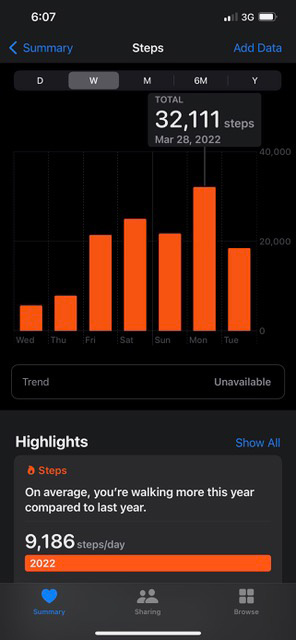
21,409 Friday
25,026 Saturday
21,717 Sunday
32,111 Monday
————————
100,263 steps
The Tour Past Edinburgh
Tuesday
The bus took the group out of Edinburgh. As we wended our way, Gordon, the tall gray-bearded tour guide, pointed out sights.
“Ian Fleming went to school there… JK Rowling lives over that way… Tony Blair learned his socialist notions there… the free healthcare here isn’t free and because the population is aging… you may wait two years to get a hip replacement… our electricity costs are going up 54% in two days…” The guide pulled no punches left or right. It was interesting to get a native’s unsolicited take on things rather than the distilled and flavored American media’s version.
The first stop was St Andrews. I thought this was unnecessary. I’d been there with my three golfing budding in September 2019…
This was my fourth and shortest stop in the “Home of Golf.” The first was about 20 years ago when the kids were small. I remember walking out onto the 18th fairway and standing on Swilcan Bridge.
“I’ll never play golf here.”
About 8 years ago, my 3 golf buddies and I came to Scotland. We played iconic courses like Prestwick, Troon, Carnoustie, Turnberry and… the Old Course—St Andrews.
We had to prove we had a decent handicap. We needed caddies to figure out where and how far to hit. (“Need” is the operative word—the course is very confusing the first time.) My caddie was named Morris. Not Tom like the father and son 19th and early 20th century legendary 8-time champions (Four each.) His first name was also prosaic—perhaps Scott or Gordon… I’ve forgotten… Wait, was it Stewart? I haven’t forgotten the person, though. A rough character, I think he said he spent some time “away.” Every other hole, he would roll a very thin cigarette in one hand while holding my bag over his other shoulder. Really. He only used one hand. He was an excellent caddie, though. I ended up with 4 birdies thanks to his guidance.
On the 18th, I told myself, ‘Just don’t hit it in the road.’ One of my partners hit a tee shot into the cars parked along the road. Then a second against a venerable building. My tee shot went kind of straight. Very low. But it rolled and rolled on the wide fairway. The fairways on this links course are very friendly if you hit your ball somewhat straight and avoid the gorse bushes and bunkers. The bushes with golden yellow flowers can be huge and always covered in thorns. The bunkers can be tiny and deep—pot bunkers—or vast sand patches—sometimes acres of sand. I only had about 120 yards to the 18th green. The first tee and the 18th green are next to each other near the Royal and Ancient building and the roads. A lot of tourists are always there. There was a crowd just beyond the 18th green looking on. “Please God…” My ball hit in front of the green and rolled to within 15 feet!
Caddie Morris, with a tiny stub of a cigarette in the corner of his mouth, pulled the flag. He squatted beyond the hole and lined up my putt. “Hit it here,” he told me, pointing to a spot with the end of the flagstick. “Yer goon to break a leetle richt. An’ yer a leetle down hill. Don’ come up short.” His tone and confidence calmed me. Or should I say “cammed” me.
“Please God. Don’t let me three putt.” A soft exhale and I drew my putter back. The ball rolled and rolled and rolled… dropped over the lip and into the hole with the clatter that every golfer loves. A birdie! ‘I’ll never have to play golf again,’ I thought. I had seven witnesses on the green with me. My partners—two doctors and a lawyer. And the four Scottish caddies. And 50 or 60 tourists lining the fence behind the green who must have thought I was a real golfer.
We 8 left the green and walked between the buildings to pay off the caddies in private. I think the suggested fee was 50 pounds. I gave Morris an extra thirty. He smiled with stained teeth, rolling a thin cigarette in his right hand. “Aye, ye hit sum guid shots. I was a player once, but things ‘appened. Ask for me nex’ time you play the auld course.” I couldn’t thank him enough for my greatest day in golf. And he “wood nae” want me to be effusive—though inside I was jumping for joy. I threw my bag over my shoulder, and my partners and I walked to our “hotel” in an old, old house in the ancient city of St Andrews.
But back to 2022’s trip… After our brief stop in St Andrews, we drove north toward the Highlands.
Along the road were artifacts of life here long ago. An ancient stone croft. Its roof long gone. Walls precarious but a few dozen daffodils in the lonely woods alongside it. They come back each year, though no one has lived there to see them for a century or more.
A “doocot”—Dovecote. A kind of ruined stone tower with holes in it for pigeons to roost. A handy food source in the winter. A fertilizer for the spring crops.
We crossed the geologic fault that defines the Highlands from the Lowlands.
Along the river Tay… you could feel the difference. The land was not flattish and verdant. It was mountainous and sere.
For lunch, we stopped in a little jewel of a town, Pitlochry. There was a charming used bookshop in the train station.
I broke my no book vow again for two small vellum charmers. Bargains at 2 pounds each.
The town had a hydroelectric dam near it as well. I walked to it and figured out the “fish ladder” which permits salmon to migrate past the dam.
Back on the bus.
We were up in the 50s latitudes—even with Hudson Bay in Canada.
North. North.
We stopped at the battlefield of Culloden.
Pain and loss for the culture that had lived there so long before. This country has so much pain and loss. And grieving.
Our guide gave us an hour to walk round Culloden Field. The ghosts and memories. Bonnie Prince Charlie. (My name is Charles Edward) fleeing to the Isle of Skye dressed as a woman with the Scottish heroine Flora MacDonald protecting him.
Moans and screams and faint “Mother…”
Now fades the glimmering landscape on the sight,
And all the air a solemn stillness holds
For them no more blazing hearth shall burn,
Or busy housewife ply her evening care;
No children run to lisp their sire’s return,
Or climb his knees the envied kiss to share
Far from the madding crowd’s ignoble strife,
Their sober wishes never learn’d to stray;
Along the cool sequester’d vale of life
They kept the noiseless tenor of their way
The Jacobites, Catholic Highlanders, lost in minutes.
Slaughtered by the Duke of Cumberland. A German—Hanoverian. William Augustus. “Dirty Billie”—who ordered any survivor found slain on the spot.
The new English/German rulers edicted:
… no more kilts, no more pipes, no more Gaelic, no more true faith, no more weapons.
It signaled: “An end of the highland way of life.”
April 16—just a few days from now. The weather likely cold and damp like today.
276 years ago in 1746. All forgotten…
No. A fresh bouquet set in the heather a few yards off the trail that circles the battlefield along the Scottish lines.
They remember. And some simmer still. Scotland nearly voted to leave Great Britain a couple of years ago.
Words scratched off a historical marker—words suggesting some of the Scots fled.
Years ago driving down I 95 to a Florida book show, I pulled off in North Carolina. There was a surprise. A monument to Flora MacDonald. I thought a tombstone at the time. But, no, she had come to America and lived here a few years before returning to Scotland.
She died on the Isle of Skye to which she had smuggled Bonnie Prince Charlie.
The Skye Boat Song:
I circled the entire battlefield. Almost an hour walk. A row of blue flags marked the Highlanders lines. A row of red the Hanoverians—newly minted British rulers.
So long ago, but not forgotten. Passed down from generation to generation.
They’ve gotten their kilts and pipes and language and religion back.
But not the natural freedom their ancestors had.
It is time I had some Drambuie again. Prince Charles Edward’s Liqueur—The Spirit of 1746. I used to have a huge bottle of it in a wooden cradle…
From there, we went further and further north to Inverness. We stayed in an old hotel on the River Ness. It was a little the worse for wear. My tiny single room was like a monk’s cell. Cold, narrow and bleak.
After checking in, I crossed the river to Inverness Castle which has a huge statue of Flora in front of it. I went to a pub nearby and had cask ale, smoked venison pate and wonderful fish and chips.
Wednesday
We awoke to a covering of snow!
The bus headed south along Loch Ness. The monster’s first recorded sighting was by St Columba in the 6th century. He recorded it as a Sea Kelpie. The Irish saint was in Scotland spreading the gospel—pretty successfully.
He sparked controversy and a bit of bloody battle after copying another monk’s manuscript. This monk took exception to the appropriation, and a battle, perhaps the first over copyright, took place.
Further on, we stopped at the Ben Nevis distillery for a tour. Ben Nevis is the tallest mountain in the British Isles. We had already pulled off for pictures of the mountain. The driver quipped it was the second time in 20 years he’d seen it without mist covering its peak. (Oddly. the tour guide in Sicily said nearly the same about our views of Mt Aetna. You get lucky sometimes.)
On we went into beautiful mountains. We stopped at Glencoe. Another site of sadness and slaughter.
The British Hanoverians had colluded with the Campbell Clan to attack the MacDonald Clan who had not sworn allegiance to the monarch in London swiftly enough. In a horrific violation of the tradition of “hospitality,” the Campbells slaughtered the unsuspecting MacDonalds at dawn after sheltering them for some days.
That marked the final end to the Highland Tradition.
Thereafter, the British pursued a policy of removing humans from the north and replacing them with sheep. Glencoe had a population of over 500. Then it was populated with only three sheep farms.
The Great Removal.
Glencoe 3/30/22
Tall bare mountains surround the site
Snow still sticks in stone pockets on high
These mountains were thrown up
by continents thrown together
four hundred million years ago
Silver birch. Copper. Moss. Fern
Daffodil. Primrose. Forget me not.
All grow wild in the ever moist soil
Blood once fed this landscape
Campbells slaughtered MacDonalds
in their sleep after a week as guests
A sin against the tradition
Hospitality.
An unwritten law to live by
Children women families
hacked to death in the dark
Survivors fled into the ice and cold
Ill prepared for the elements
into the snowy mountains
There the slaughter continued
Merciless cold and wet
Natural deaths by unnatural cruelty
The bodies they found
transported to Eilean Munde
A tiny bump of stone and soil
in Loch Leven
Slate tombstones shine
in today’s afternoon sun
Daffodils rise in clumps
rise round the ancient tombstones
The flowers resurrect themselves each year
They raise their yellow heads
to the eternal yellow disc above
That night, we ended up in Oban. It is a seaside resort. Ferries crossed in front of me, coming from and going to the Hebrides, which begin just across the water.
The Hebrides—Boswell and Johnson toured there. Wordsworth wrote a poem about them. Turner painted there.
In the late afternoon, Gordon, the guide, made arrangements to take us across the Bridge Over the Atlantic (1792.)
At its far side on the Island of Siel is the House of Trousers—the Tigh an Truish Pub. Scots were forbidden to wear kilts after Culloden. The island men here would change at the pub into pants and cross to the mainland to work.
A magical evening of cask ale, peaty Lagavullin 16 and conversation.
Thursday
The final day of the tour.
We drove along the shore of Loch Lomond—22 miles long. The lake is a result of glaciation 12,000 years ago. Climate change.
My father sang that song so long ago.
By yon bonnie banks…
The story is about 2 Scottish soldiers imprisoned in Carlyle. They are brothers. One is to be executed as an example. The other will be sent back home to tell the tale—as an example.
You’ll tak the high road
and I’ll tak the low
And I’ll be in Scotland afore ye…
The low road is the road of death. That brother’s spirit will fly home ahead of his living brother.
Sadness and loss—a Scottish theme.
We ended up in Glasgow.
It is Friday morning. I’ll head home Sunday—COVID test permitting.
And then, no travels, for a while—unless something comes up.

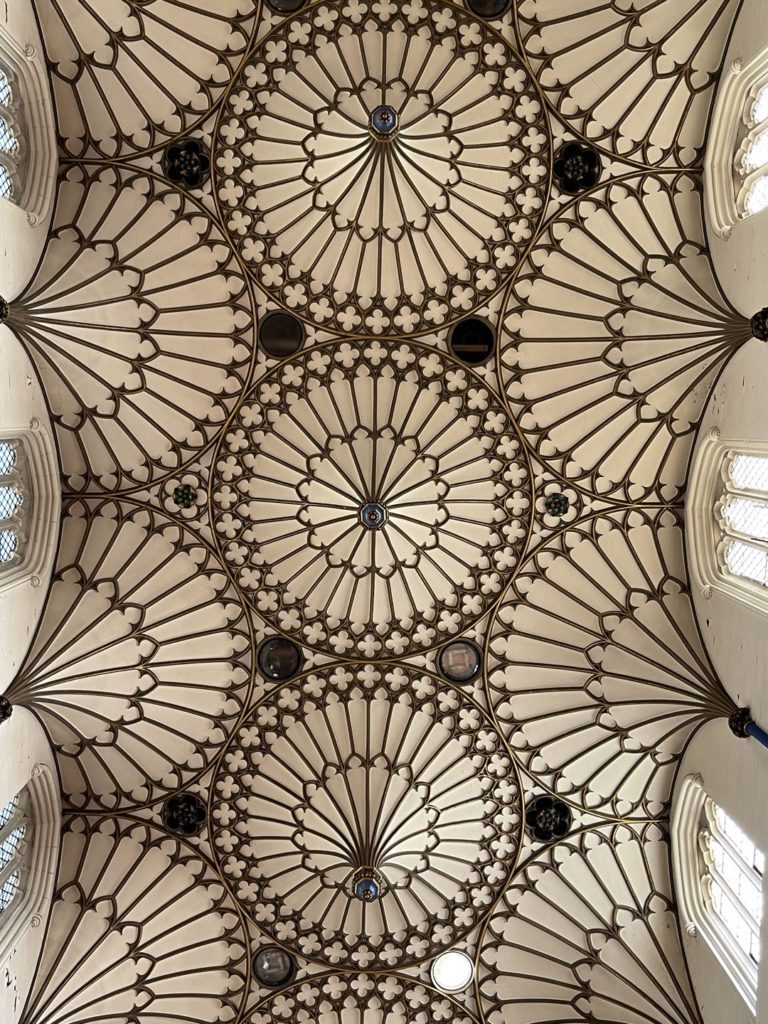
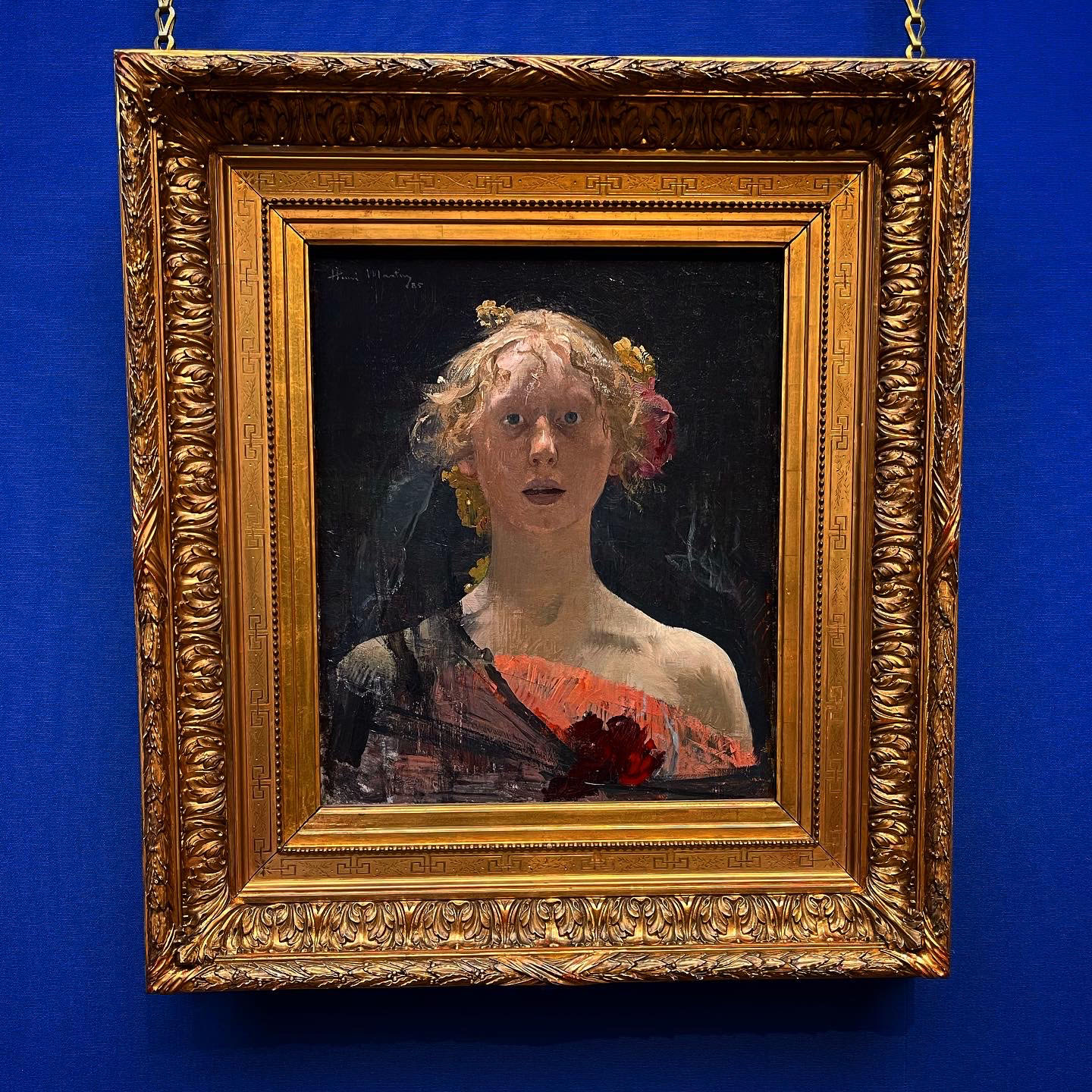

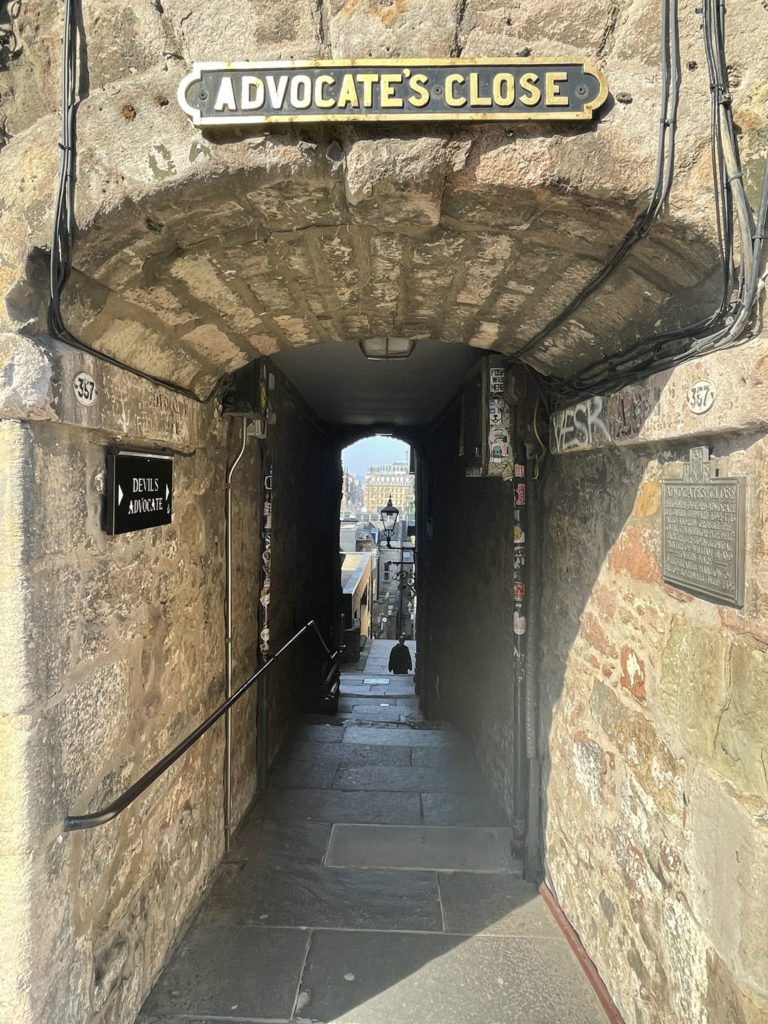

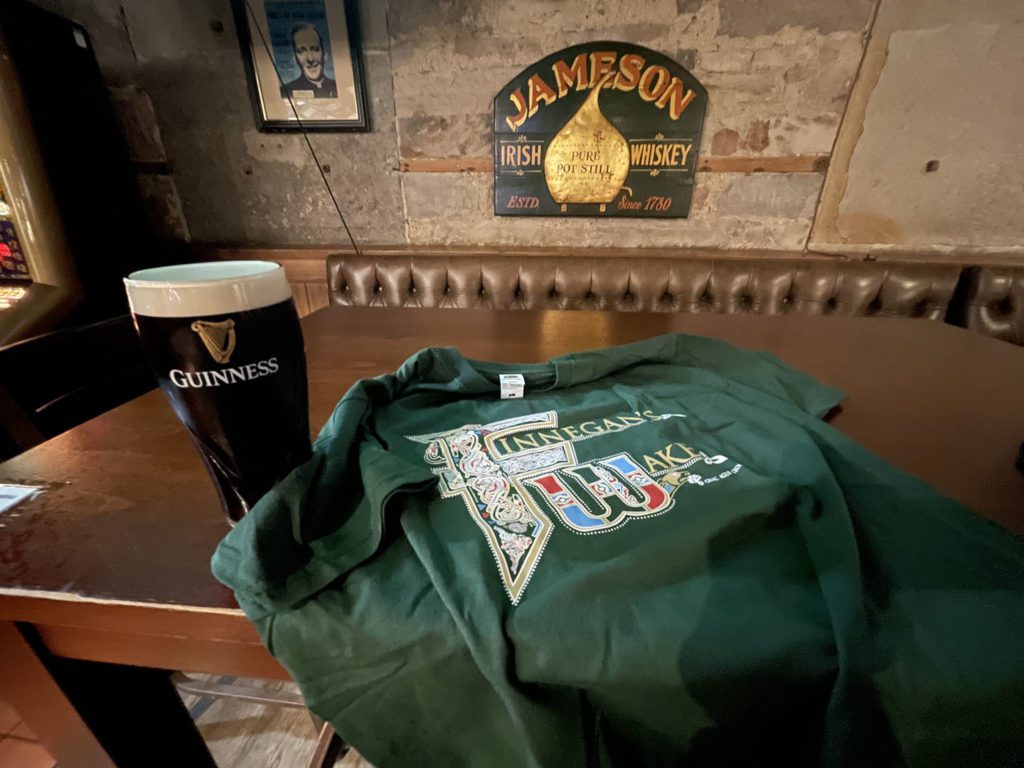
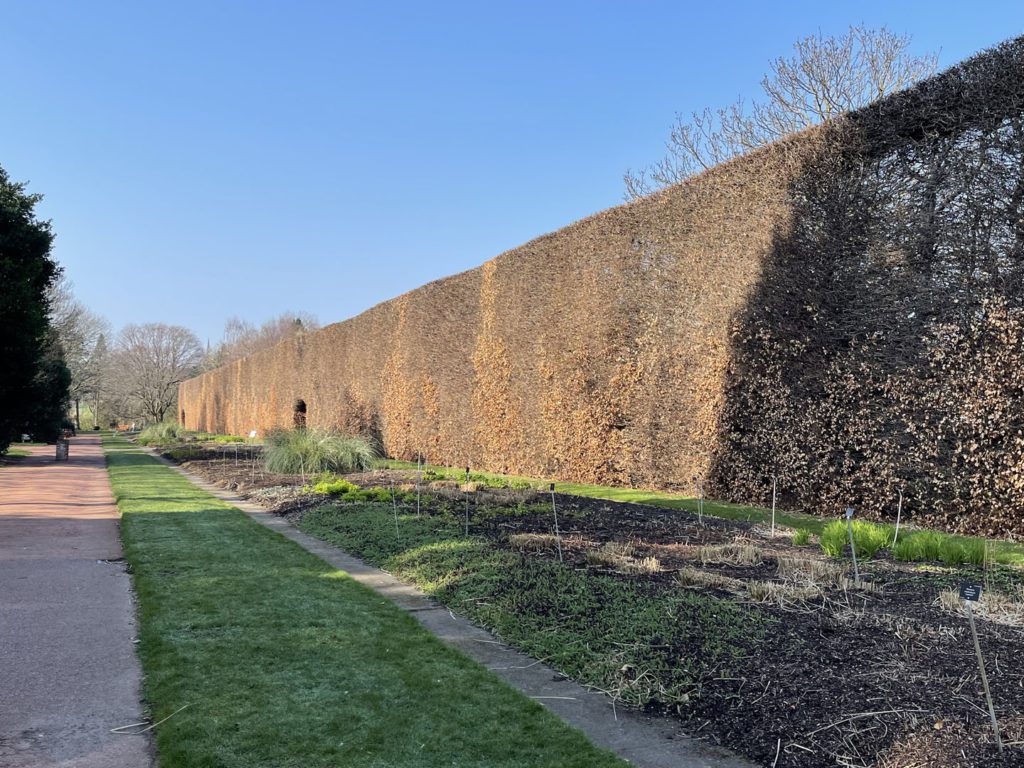


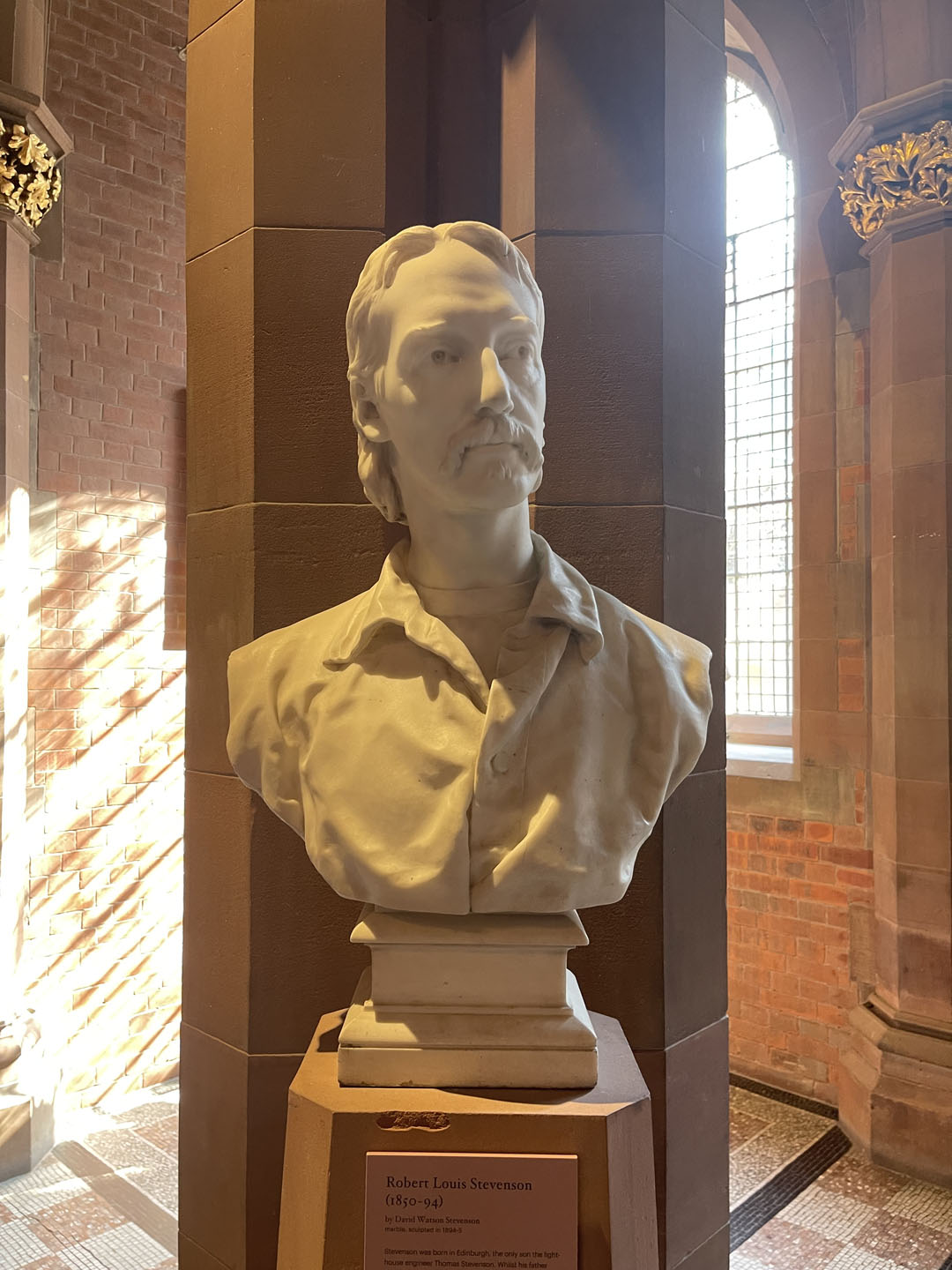



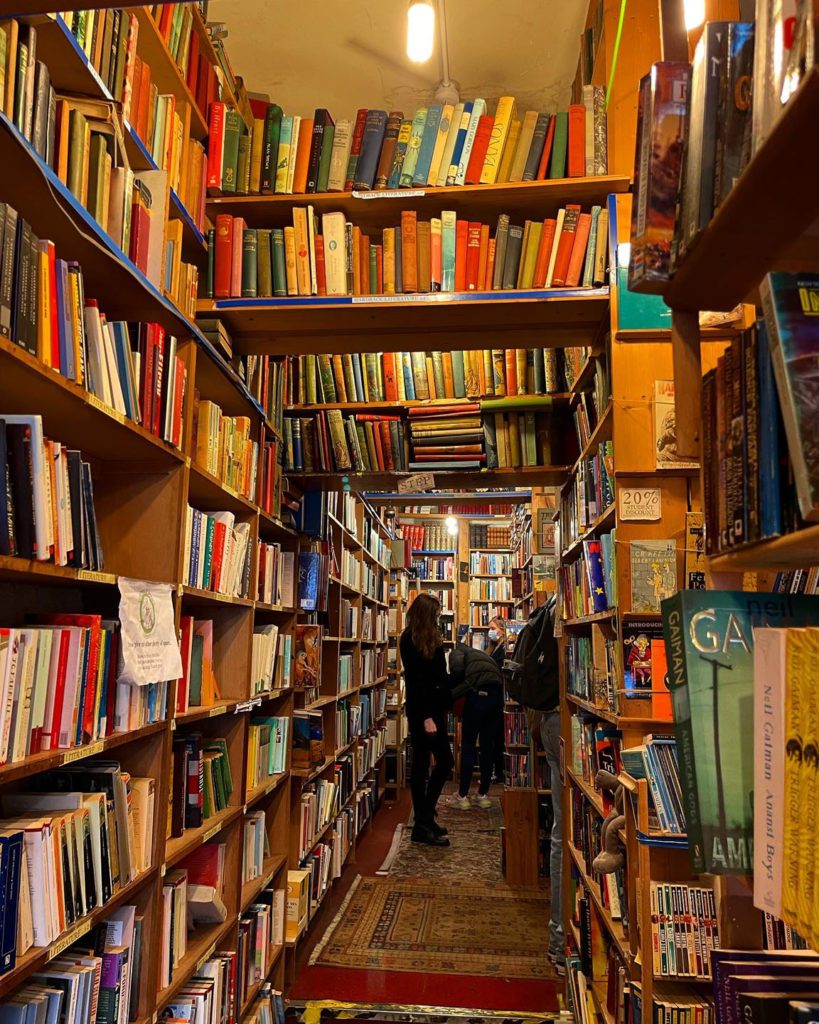

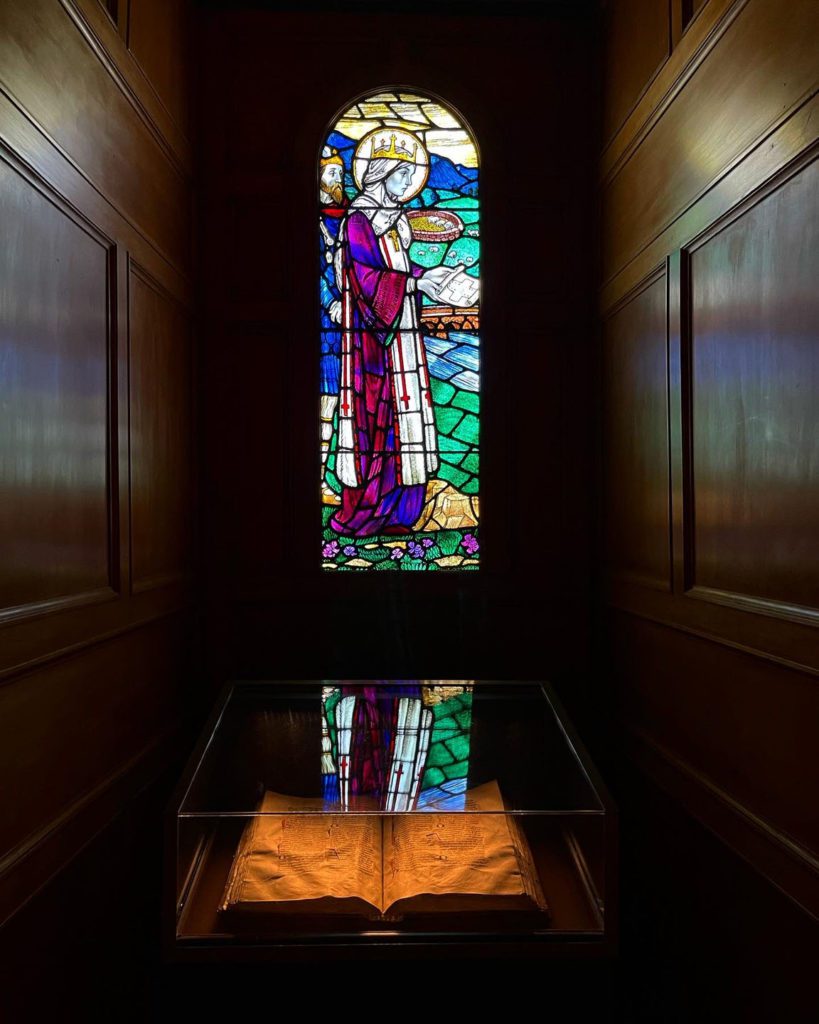




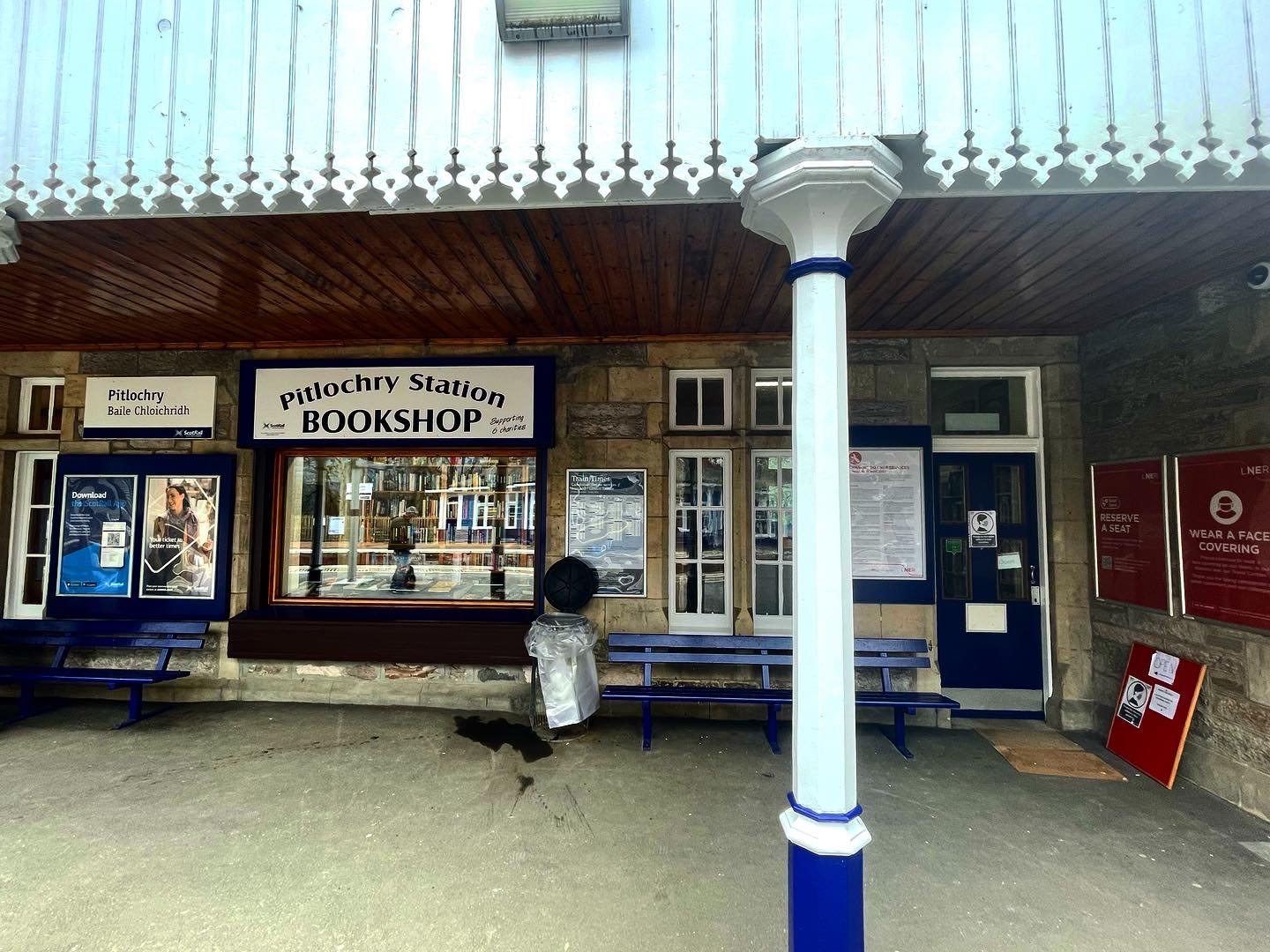


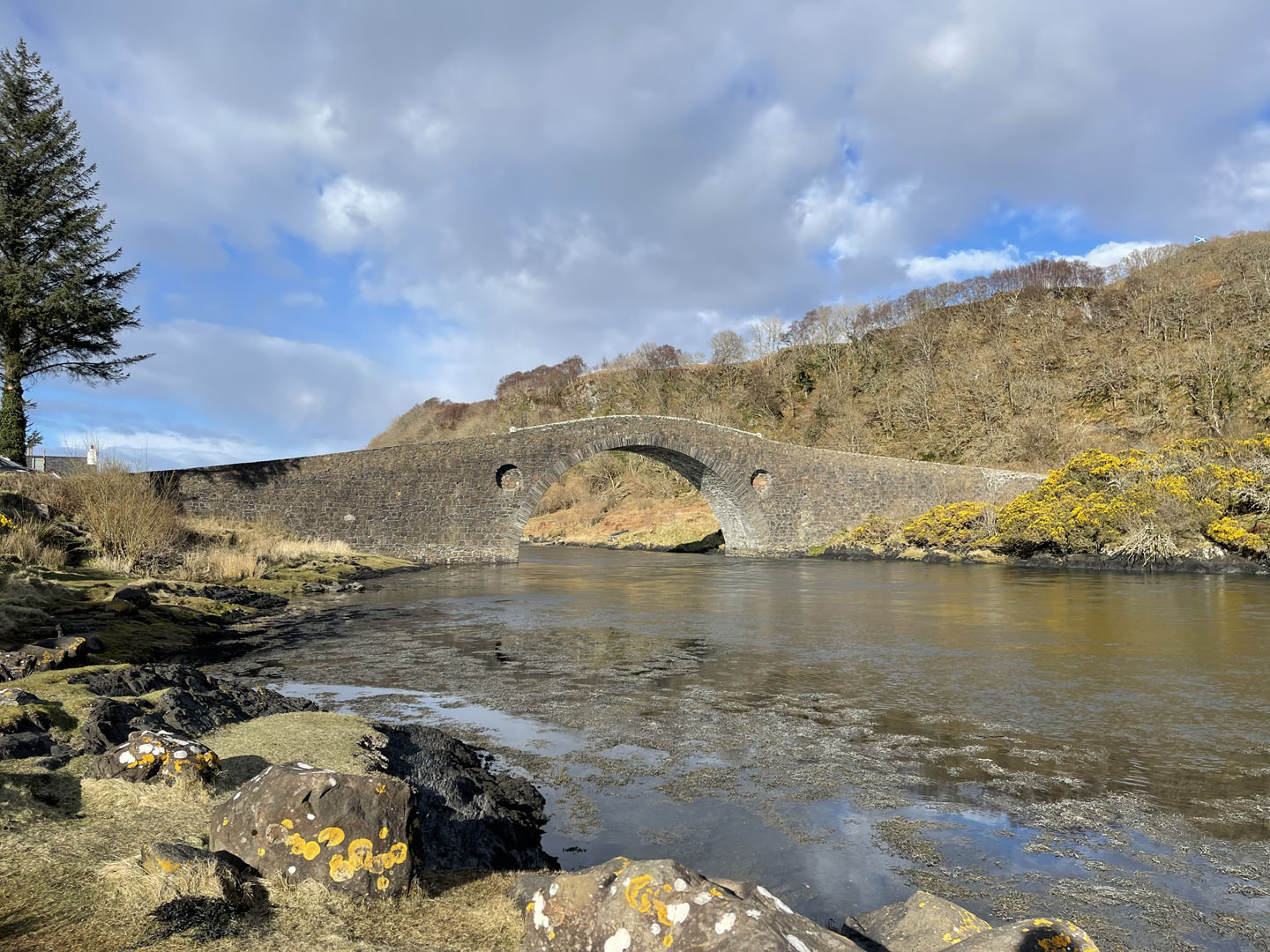
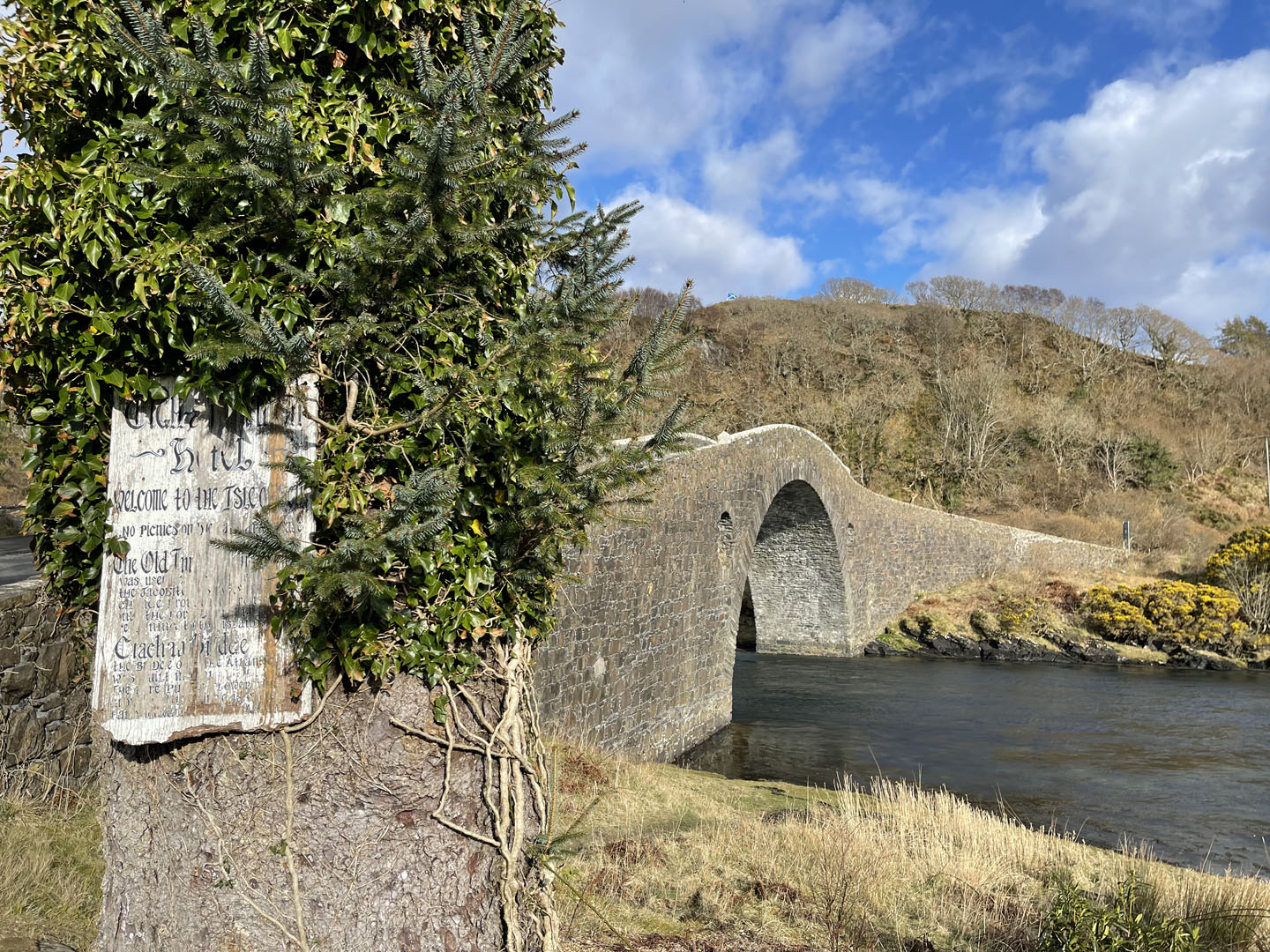
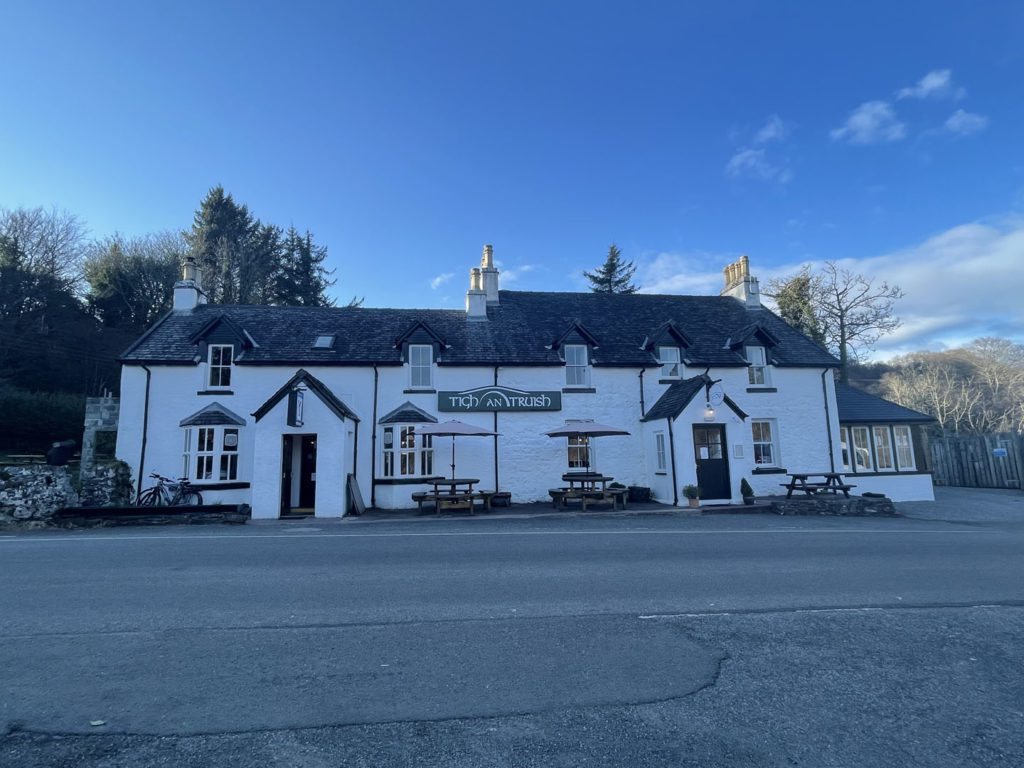
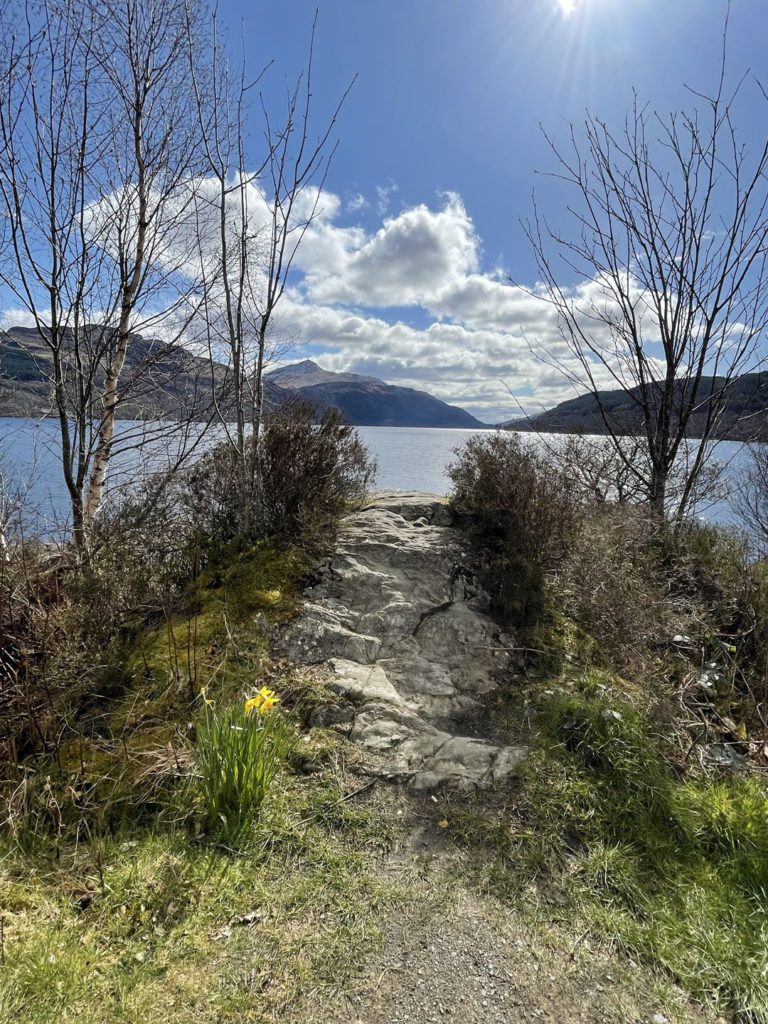
Chuck,
You’re certainly making up for all those weeks of lockdown. Egypt, Sicily, Scotland–all within a couple of months! Your restless energy leaves me envious. My own daydream is to spend two or three months each in Britain, France and Italy, ideally by renting a cottage or apartment as a base of operations. Will it happen? I suspect Marian and I might manage one of these longer sojourns before we’re too decrepit.
Anyway, you’ll be relieved to know that I’ve helped underwrite your trip. Needing to get out of the house, I drove to the Wonder Books in Gathersburg yesterday and spent a hundred bucks.
Thank you Michael.
I am tired and sore and ready to get back to the other kind of work.
The trips were not supposed too be so close but Covid interfered.
That said I am sure I will be struck by wanderlust when I return.
We have been working to send better books to the stores. I am glad you found some.
Hope to see you soon.
Chuck
Lovely, Chuck, a fine word portrait of several parts of Scotland, indirectly invoking what is happening in Ukraine. A black spot on the record. And yes, some dark songs will follow. Rick
Thanks Rick. I hadn’t thought of Ukraine but you are spot on.
Chuck
I got a lot of vicarious pleasure from your report, Chuck. I’ve been to Scotland three times, I believe, and would like to return some day. By coincidence, I went to Pitlochry on my first visit… in the 80s? I remember the hydro damn and fish ladder, and I got a souvenir that I thought no one here would have: A ruler that says “PITLOCHRY Power Station, Fish Ladder and Dam.” I am looking at it right now!
On that first trip, it rained at some point every single day. Everyone we met apologized for the weather, with some version of, “We get a bit of rain here, but it’s no usually like this!” On my subsequent trips, I discovered that this is a lie: It is *always* like this! But that did not stop me from going wherever I had planned and doing whatever I wanted, and I had a great time.
When I returned to the US, my flight stopped in JFK, where I had to collect my luggage and shift to a domestic flight. I got off the plane and was hit by a wall of 95-degree heat. At that point, I realized that the 60-and-rainy weather of Scotland had something to say for it.
Thank you Gregory. That is an unusual souvenir!
The weather this past 10 days was amazing. Barely a drop of rain. Even the guides and waitstaff would comment.
I reply: “You mean it isn’t always like this?”
I’ve been here playing golf when the rain is horizontal.
Best
Chuck
Hi Chuck,
You’ve just described me…I am that passenger! hahahaha
Scotland is on my list, never been, only in England. Planning a trip to visit the UK and Ireland. A lot of sad stories on this one….
Welcome to being a “step counter”! I did hear a few of the tour members in Sicily comparing steps. I’ve been a member of the Fitbit community since 2015 and an avid walker.
Keep on writing….
Livia
I can’t get enough of all British Isles.
Thinking of going to Ireland in May or June to visit friends…
I glad I discovered step counting. It is a good challenge.
Frustrating when I forget to put my phone in my pocket and don’t get “credit” …LOl.
Chuck
Yes, step counting motivates me to keep on walking. I wear a slim tracker on my wrist instead of using my phone.
Livia
My travel agent has gotten going in a day or two early.
In Southern Italy I took a train to Pompeii from Sorrento. I think it was about $10 round trip. 30 minutes each way.
The Pompeii station is 100 yards from the entrance. Here’s the story about it:
https://www.wonderbk.com/bookseller/italian-epic-1/
There’s a second story as well.
Chuck
Read your Pompeii stories. Will skip Pompeii on this upcoming trip, since I’ve been there. But looking forward to Herculaneum and all the cities in Puglia included in the itinerary.
I’ve decided to read your articles chronologically and started 2017. Really interesting reads.
Livia
Feel free to comment on any.
230 or so. I haven’t missed a Friday since July 2017.
If you plow through them that will be a Herculean task!
That book restaurant in Sorrento was an amazing discovery if you get the chance.
As well as the walk down to the water. Take the elevator up! LOL…
Thank you so much!
Chuck